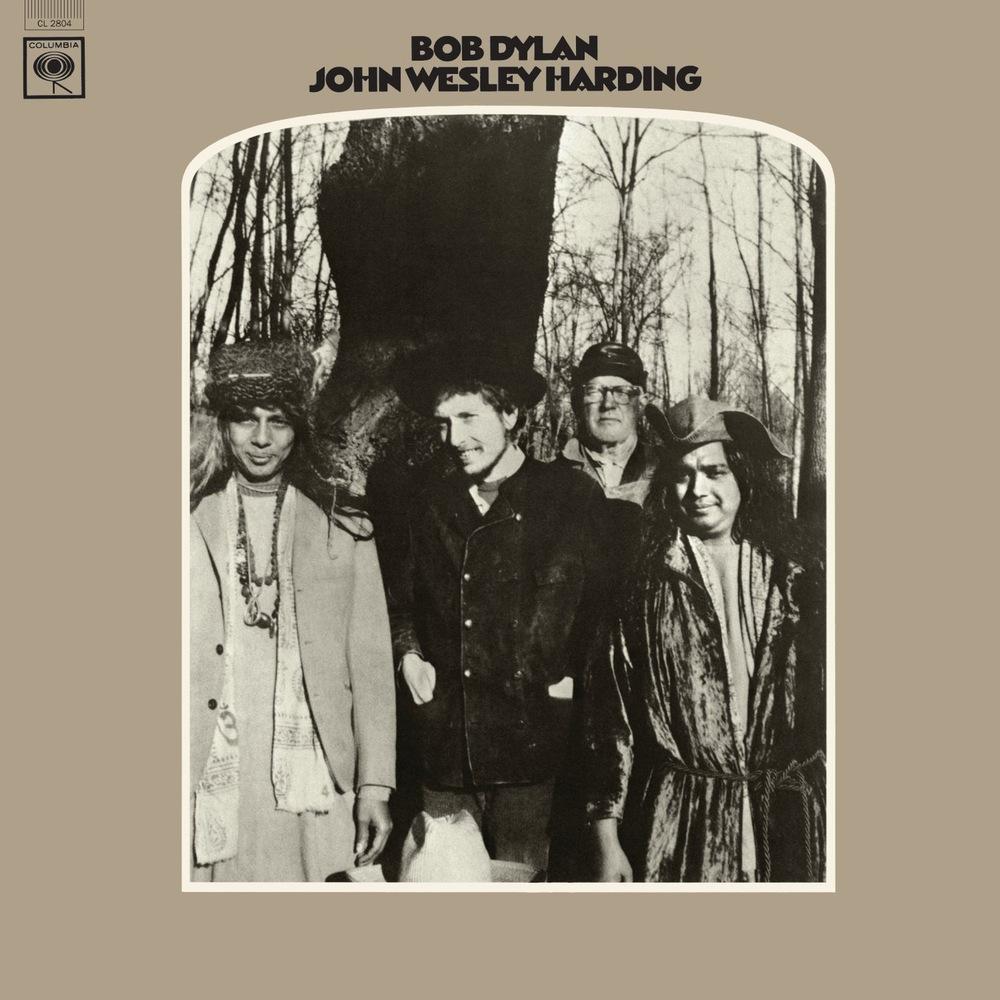Description
In just three short years, Bob Dylan had gone from being a complete unknown to rock's poet laureate, with his every utterance and move mined for meaning, both hidden and overt. The cycle of album-tour-album was taking its toll, even as he released his triumphant "rock trilogy" of Another Side of Bob Dylan, Highway 61 Revisited and Blonde on Blonde. Just as it seemed there was no way out, fate intervened on July 29, 1966, when Dylan crashed his Triumph Tiger 100 motorcycle in Woodstock, New York. While the full extent of his injuries was never revealed, it did provide him with a respite from the tortuous pace of his career. He remained secluded in Woodstock to recuperate and did not attempt another tour for eight years. Once he was well enough to work, he completed editing on the documentary film of his 1966 tour, Eat the Document, which was submitted to ABC-TV and was rejected as being "incomprehensible" to the average viewer. Meanwhile, he was busy woodshedding with the Band at "Big Pink" and writing a collection of quieter, more introspective songs. Returning to Nashville on October 17, 1967, he began work on John Wesley Harding. The album was a return to Dylan's acoustic roots with themes drawn from the Bible, the Great Depression and the west of the 1800s. In place of a large ensemble, the sessions featured Charlie McCoy on bass, Pete Drake on pedal steel, Kenny Buttrey on drums and Dylan on guitar, piano and harmonica. The stripped-down combo served the songs well and perfectly matched Dylan's desire to avoid "hype" in the "season of hype." The album was completed in three sessions totaling 12 hours in the studio. With only one song lasting more than five minutes and many clocking in at under three minutes, it was Dylan's most concise album since his debut. The shorter running time did not indicate a drop in quality, however, as John Wesley Harding contains some of his most enduring songs. "All Along the Watchtower," based the King James version of the Book of Isaiah (21:5-9), was famously covered by Jimi Hendrix the following year in a rendition that Dylan himself termed "definitive." Many other Biblical references appear throughout the album's other songs, drawn from Dylan's increasing interest in the Bible. A his mother, Beatty Zimmerman, noted at the time, "in his house in Woodstock today, there's a huge Bible open on a stand in the middle of his study. Of all the books that crowd his house, overflow from his house, that Bible gets the most attention. He's continuously getting up and going over to refer to something."Other album highlights include the title track, "Down Along the Cove," "I Dreamed I Saw St. Augustine" and the oft-covered "I'll Be Your Baby Tonight." In the wake of the album's release on December 27, 1967, several significant events happened in Dylan's private life that would inform his future work. Mentor and early role model Woody Guthrie had died just before the JWH sessions had commenced and Dylan made his first public appearance since the accident at a pair of memorials shows at Carnegie Hall on January 20, 1968. On June 5, 1968, Dylan's father Abraham died of a heart attack and he returned to Hibbing, Minnesota for the first time in years to attend the funeral. And on July 30, 1968, his wife Sara Lowndes Dylan gave birth to their son Samuel. He would not return to the studio until February 1969, when his music took another stylistic turn on Nashville Skyline. John Wesley Harding was the last of Dylan's Columbia albums to feature its own rare, unique mono mix. Deliberately mixed and prepared for MONO release in Nashville, the mono master is NOT merely a reduction of the stereo - it lives its own life!

